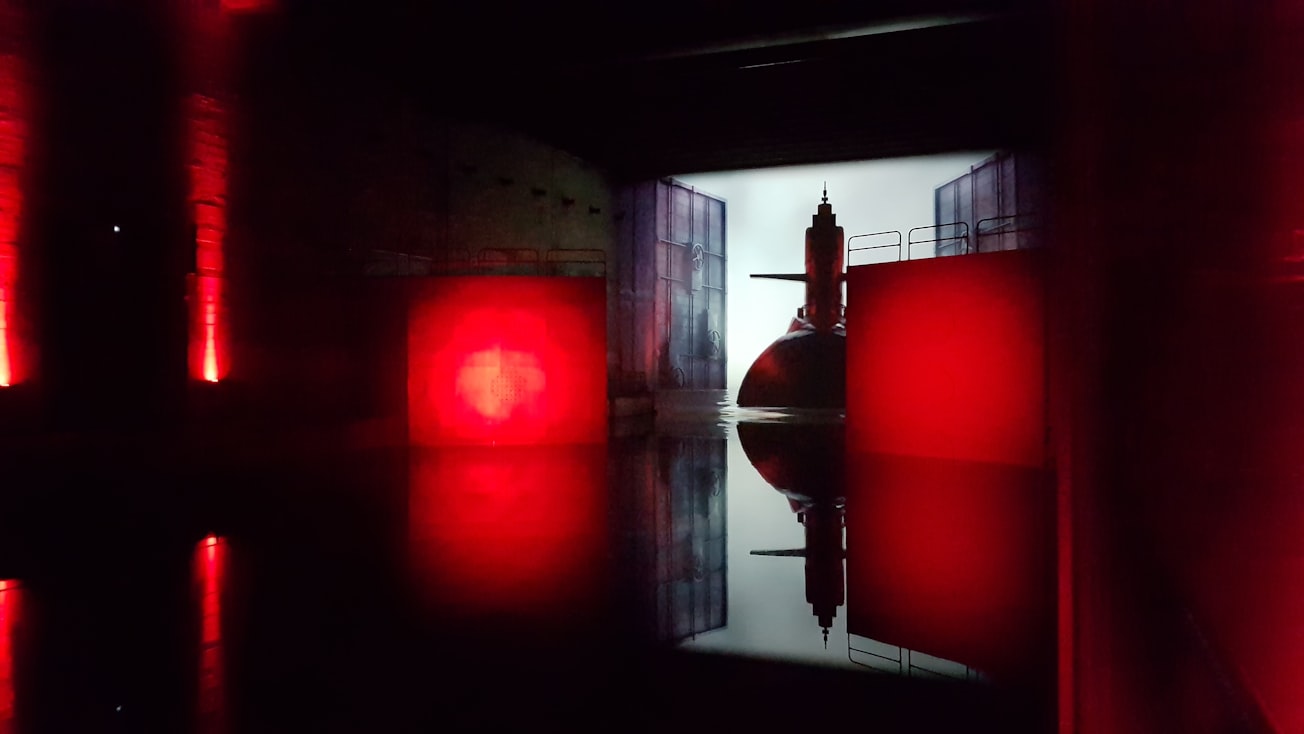What is it about?
Using a Petawatt-class laser at GSI Darmstadt, we distinguished for the first time experimentally two powerful electromagnetic effects relevant for many challenges in science and technology - ranging from Fast Ignition Fusion to compact ion accelerators. Details are resolved by a series of ultra-fast radiographs, providing a movie of events around a solid density target that is discharged by the laser interaction. The rapid motion of charges triggers an ultra-strong Electro-Magnetic Pulse, feared as ultimately hazardous for laboratory electronic equipment. The first effect under investigation is a surface bound portion of the Electro-Magnetic Pulse, trapped and guided along nontrivial wire surfaces. The relativistic laser interaction is so intense, that the wired EMP propagation is strongly nonlinear, causing a noticeable drop of propagation velocity compared to a standard electromagnetic signal going along regular cables. The second effect is a return current that comes from the grounding towards the discharged target in an attempt of neutralization. The current too reveals itself as a pulsed phenomenon, able to sustain strong magnetic fields. The pulsed character is a hint for extreme surface temperatures after the passage of the first effect.
Featured Image

Photo by Muriel GARGRE on Unsplash
Why is it important?
Ultra-fast ultra-strong currents are relevant for novel miniature laser-accelerator schemes that aim at the tailoring of laser-accelerated ion beams. Such miniature schemes are promising to reduce the footprint of particle accelerators in terms of space and to enhance their energy efficiency. Further, miniatur schemes will aid the Fast Ignition approach in Fusion Sciences and could enable for sources of ultra-fast ultra-strong ion beams.
Perspectives
The contemporary frontiers of high energy density physics in my personal view are related to the time resolution of probing schemes for extreme states of matter as well as the creation of ultra-bright ion beams that can trigger fusion in the so-called Fast Ignition scheme. .
Michael Ehret
Centro de Láseres Pulsados (CLPU)
Read the Original
This page is a summary of: Guided electromagnetic discharge pulses driven by short intense laser pulses: Characterization and modeling, Physics of Plasmas, January 2023, American Institute of Physics,
DOI: 10.1063/5.0124011.
You can read the full text:
Contributors
The following have contributed to this page







